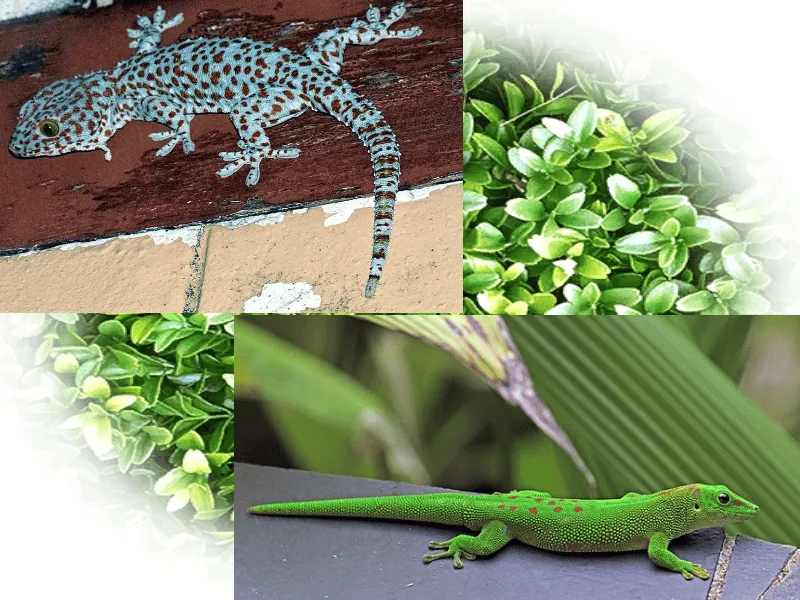Tokay Gecko vs Tarantula Overview
The natural world is full of fascinating predator-prey relationships, and the potential clash between a Tokay Gecko and a Tarantula is a particularly intriguing scenario. This guide delves into a detailed comparison of these two formidable creatures, exploring their physical attributes, hunting strategies, habitats, and the factors that would influence a potential battle. We’ll analyze which of these contenders is likely to emerge victorious, providing a comprehensive understanding of their strengths and weaknesses. Prepare to explore the intricacies of this captivating animal face-off, examining everything from bite force to defensive mechanisms.
Physical Characteristics
Understanding the physical attributes of both the Tokay Gecko and the Tarantula is crucial to anticipating the outcome of a potential encounter. The unique characteristics of each creature contribute significantly to their survival and hunting success. Let’s begin by examining their appearances and key features.
Tokay Gecko Appearance
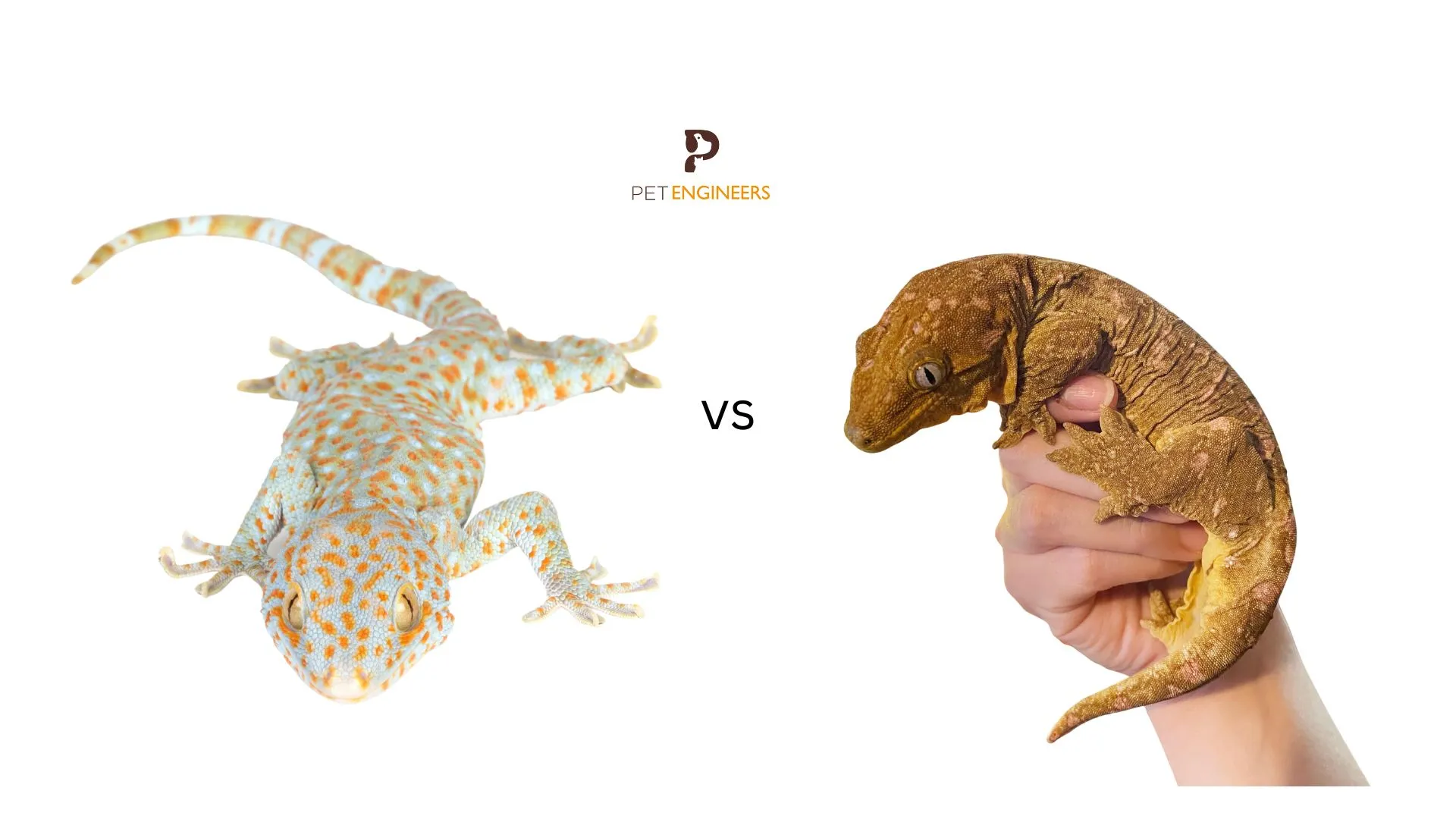
The Tokay Gecko (Gekko gecko) is a striking reptile, easily recognized by its vibrant colors and distinctive appearance. Typically, these geckos boast a mottled pattern of gray, blue, and orange spots across their backs, providing excellent camouflage in their natural habitat. Their robust bodies and strong limbs allow them to climb and navigate various surfaces with ease. Moreover, their powerful jaws and sharp teeth are crucial for capturing and subduing prey. Their unique toe pads are also worth mentioning, as they enable them to cling to vertical surfaces. (Image: tokay-gecko-appearance.webp)
Tarantula Appearance
Tarantulas, members of the Theraphosidae family, are large, hairy spiders with a formidable presence. They come in a variety of colors, ranging from browns and blacks to vibrant blues and oranges. Their bodies are divided into two main parts — the cephalothorax (fused head and thorax) and the abdomen. The cephalothorax houses the eyes, mouthparts, and legs, while the abdomen contains vital organs. Tarantulas are known for their eight legs and two pedipalps, which are used for sensing and manipulating prey. They also possess fangs that inject venom, crucial for both hunting and defense. (Image: tarantula-appearance.webp)
Size and Strength Comparison
Size and strength are crucial factors when considering a potential clash between the Tokay Gecko and a Tarantula. These metrics greatly influence the outcome of any animal confrontation. Determining which creature is bigger and stronger provides valuable insights into its potential to dominate.
Tokay Gecko Size
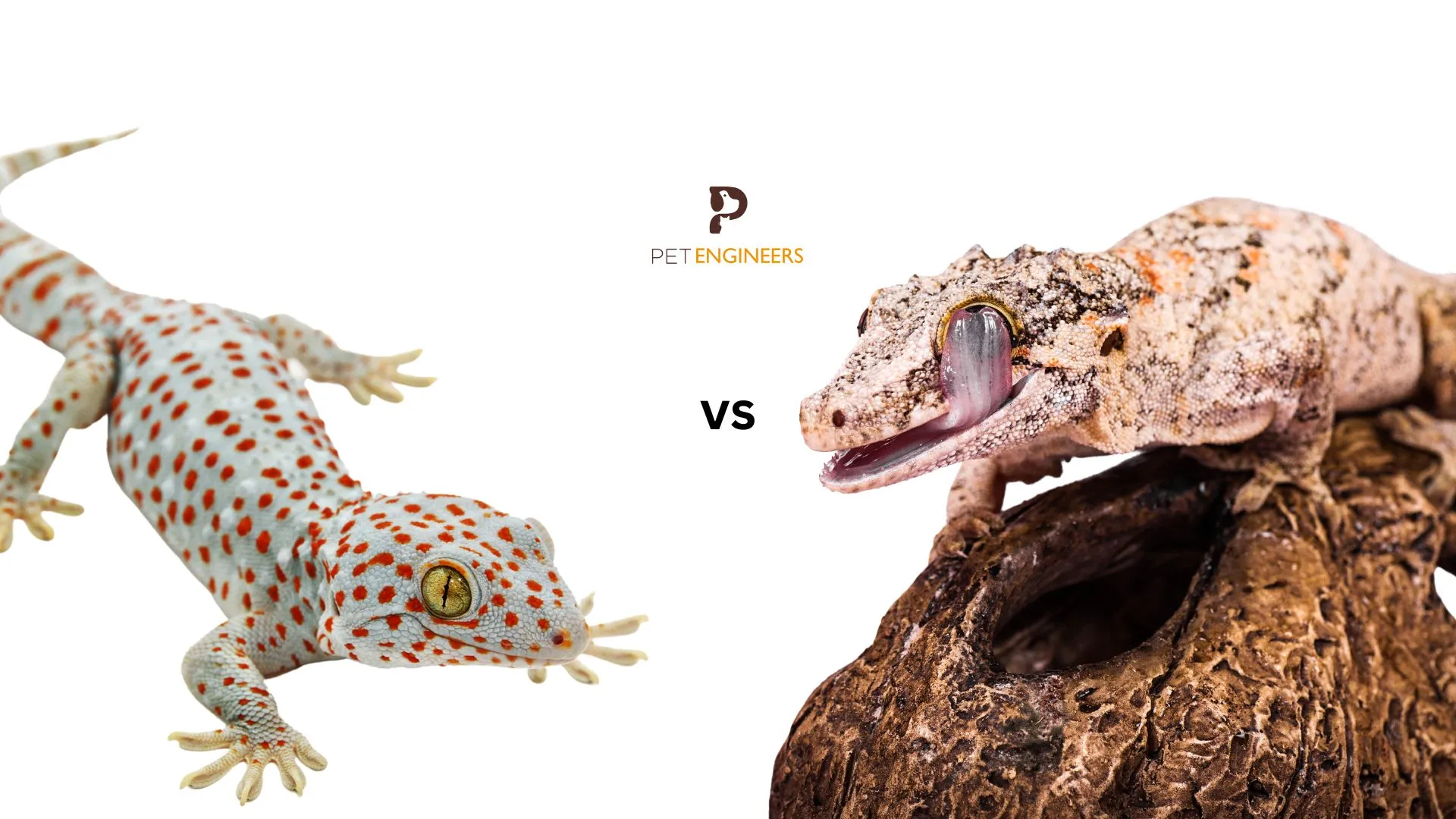
Tokay Geckos can grow to impressive sizes, with some individuals reaching up to 14 inches (35 cm) in length, including their tail. Their robust build and strong limbs contribute to their overall strength. The gecko’s ability to grip surfaces adds to its advantage. However, their size can vary depending on factors such as age, diet, and habitat conditions. The Tokay Gecko’s physical prowess plays a critical role in its ability to hunt and defend itself against threats. (Image: tokay-gecko-size.webp)
Tarantula Size
Tarantulas are known for their large size, with some species boasting a leg span of over 10 inches (25 cm). Their size varies depending on the species and individual genetics. Their hairy bodies and strong legs give them considerable strength and agility. This size and strength are essential for capturing prey and warding off potential predators. Generally, their size gives them a significant advantage in confrontations. (Image: tarantula-size.webp)
Weapons and Defenses
Both the Tokay Gecko and the Tarantula possess unique weapons and defense mechanisms that contribute to their survival. These adaptations play a significant role in determining the outcome of any encounter between the two creatures.
Tokay Gecko Bite
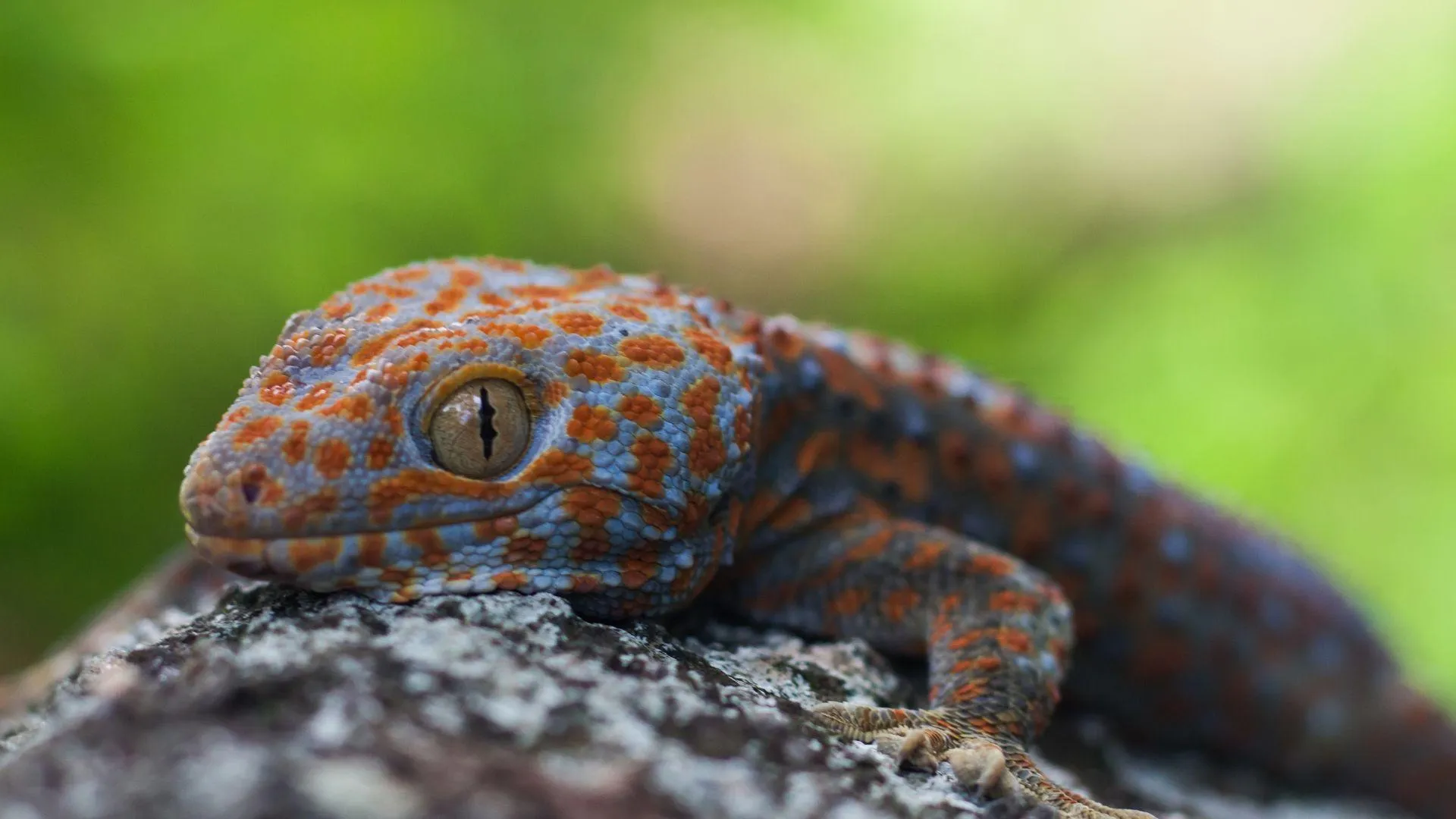
The Tokay Gecko is known for its powerful bite, which is delivered by its strong jaws and sharp teeth. Their bite can be quite painful and is primarily used for subduing prey and defending themselves against threats. Geckos can clamp down with considerable force, making it challenging for predators to escape. Their bite strength is a key defensive attribute in any confrontation.
Tarantula Fangs
Tarantulas possess two fangs, or chelicerae, which they use to inject venom into their prey. This venom helps to immobilize and digest their food. In addition to venom, tarantulas can also utilize urticating hairs as a defense mechanism. These hairs, when flicked off the abdomen, can cause severe irritation and discomfort to potential predators. These defenses contribute to the tarantula’s ability to protect itself from threats.
Hunting and Feeding Strategies
Both the Tokay Gecko and the Tarantula are skilled hunters, employing different strategies to secure their meals. These approaches are central to their survival in their natural habitats.
Tokay Gecko Hunting Tactics
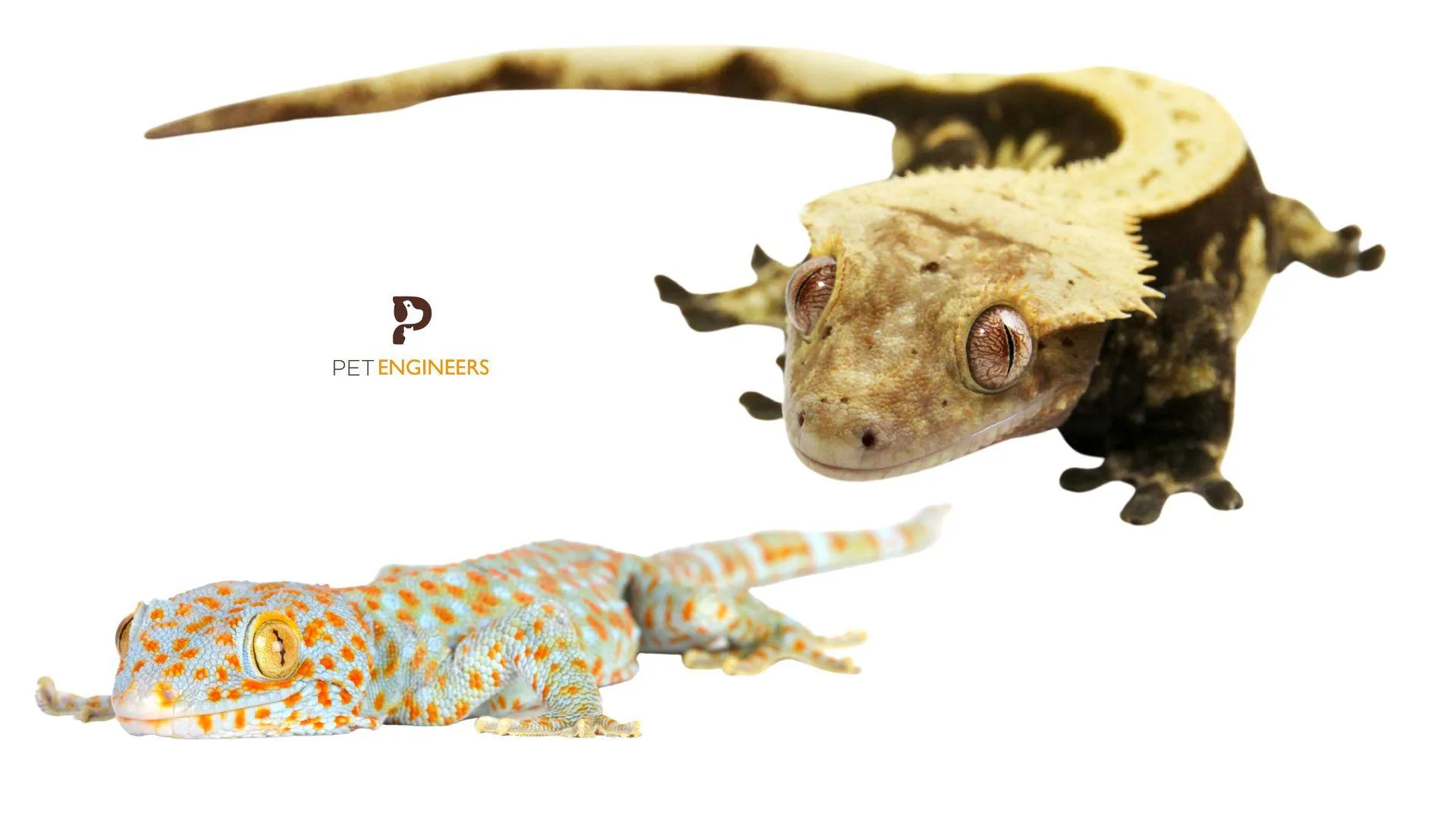
Tokay Geckos are primarily ambush predators, waiting patiently for unsuspecting prey to come within striking distance. They are opportunistic hunters, consuming insects, small vertebrates, and even other geckos. Their strong jaws and bite are crucial for capturing and dispatching prey. They rely on their camouflage to blend into their surroundings, making them nearly invisible to their targets. Their hunting tactics are well-suited to their environments.
Tarantula Hunting Tactics
Tarantulas are also ambush predators, often lying in wait for prey to pass by. They use their sensitive hairs to detect vibrations, alerting them to the presence of potential meals. They ambush their prey, quickly pouncing and injecting venom. Their hunting tactics include the use of silk to trap prey, and they also exhibit behaviors like burrowing to increase their success. Their predatory prowess is a key element of their survival.
Habitat and Environment
The habitat and environment of both the Tokay Gecko and the Tarantula can greatly influence the dynamics of a potential encounter, affecting their behavior and the outcome of a confrontation.
Tokay Gecko Habitat
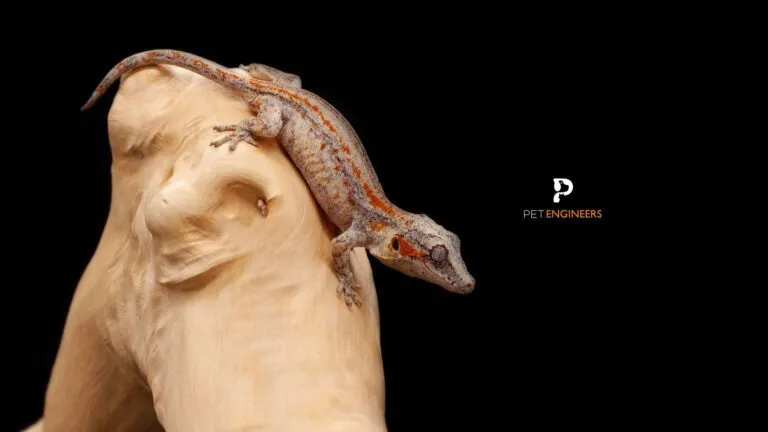
Tokay Geckos are native to Southeast Asia, where they are commonly found in tropical rainforests, urban areas, and rocky environments. They are highly adaptable and can often be found near human dwellings, where they hunt for insects. Their habitat often includes trees, rock crevices, and other locations that provide shelter and hunting opportunities. (Image: tokay-gecko-habitat.webp)
Tarantula Habitat
Tarantulas have a wide distribution across the world, inhabiting various ecosystems, including deserts, grasslands, and tropical forests. They often live in burrows, under rocks, or within the foliage. Their habitat requirements vary by species, but they generally prefer warm, humid environments. The nature of their habitat is often key to their survival. (Image: tarantula-habitat.webp)
The Battle and Outcome
Determining the potential outcome of a battle between a Tokay Gecko and a Tarantula requires considering a range of factors. These influences, coupled with the battle scenarios, contribute to a better prediction of which animal would likely triumph in a confrontation.
Factors Influencing the Fight
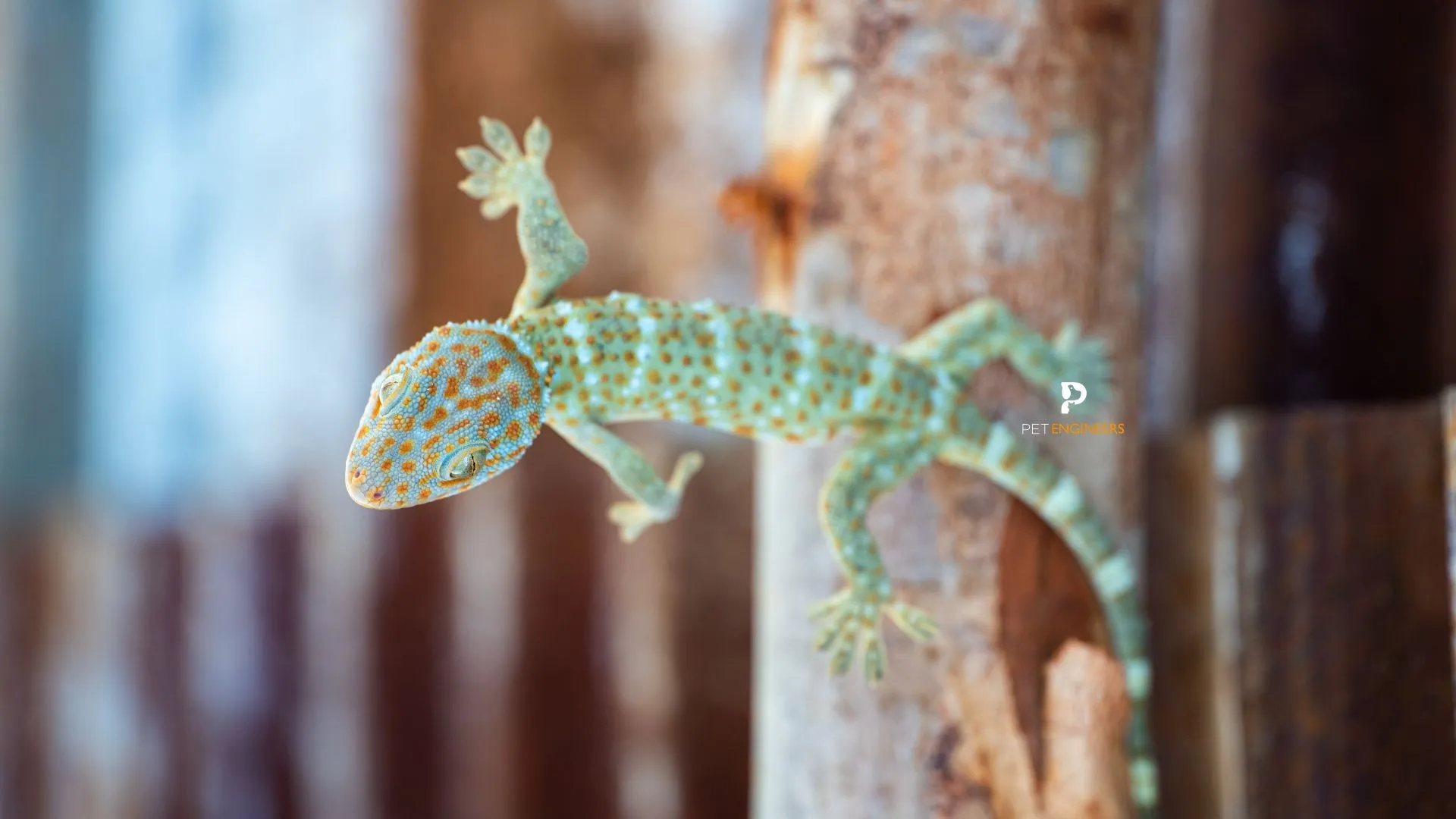
Several factors would greatly influence the outcome of a fight between these two creatures. These include size differences, the presence of venom, bite strength, the environment, and the individual characteristics of each animal. The health and overall condition of each animal, along with their respective fighting experience and agility, would also play a crucial role.
Possible Battle Scenarios
Several scenarios can be envisioned. In a direct confrontation, the Tokay Gecko’s agility and powerful bite could give it an advantage. If the gecko manages to bite the tarantula in a vulnerable area, it could inflict serious damage. Conversely, the tarantula might attempt to inject venom and employ its urticating hairs to deter the gecko. In the open, the larger size and powerful fangs of the tarantula might be decisive.
Who Usually Wins
Given the considerations above, it is difficult to predict the outcome with certainty. However, the tarantula might have a slight edge, primarily due to its larger size and venomous bite. In a straight fight, the tarantula’s fangs and potential to deliver a debilitating venomous strike could be critical. But the gecko’s agility and strength should not be underestimated, and a well-placed bite could turn the tide. The outcome would most likely depend on the specific species, the environment, and a bit of luck. (Image: gecko-vs-tarantula-battle.webp)
Conclusion
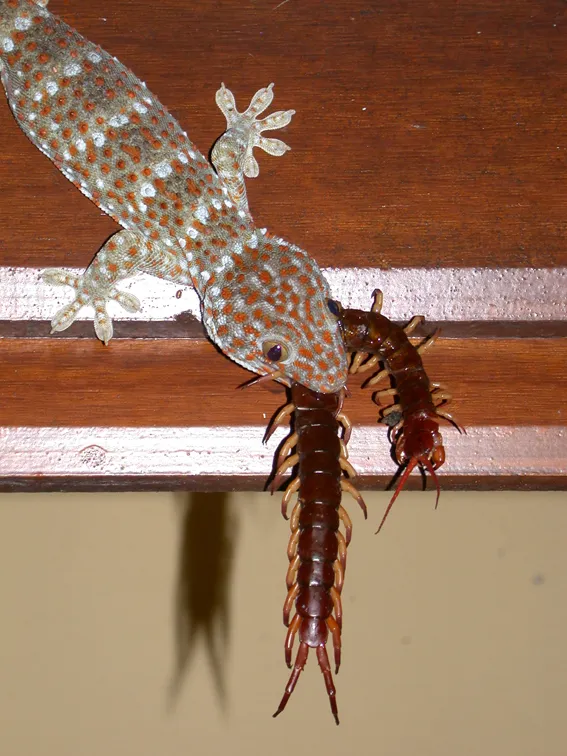
The encounter between a Tokay Gecko and a Tarantula highlights the fascinating and often unpredictable nature of predator-prey dynamics. While the tarantula might have a slight advantage due to its size and venom, the outcome is far from guaranteed. The Tokay Gecko’s agility, bite strength, and resilience make it a formidable opponent. This battle underscores how different traits can contribute to success in the wild. The intricacies of such encounters fascinate those who enjoy learning about the natural world and animal behavior.
